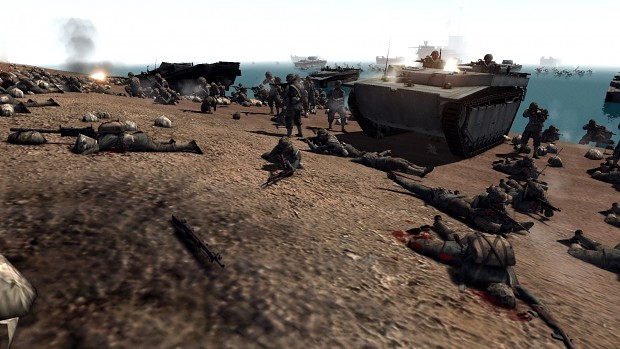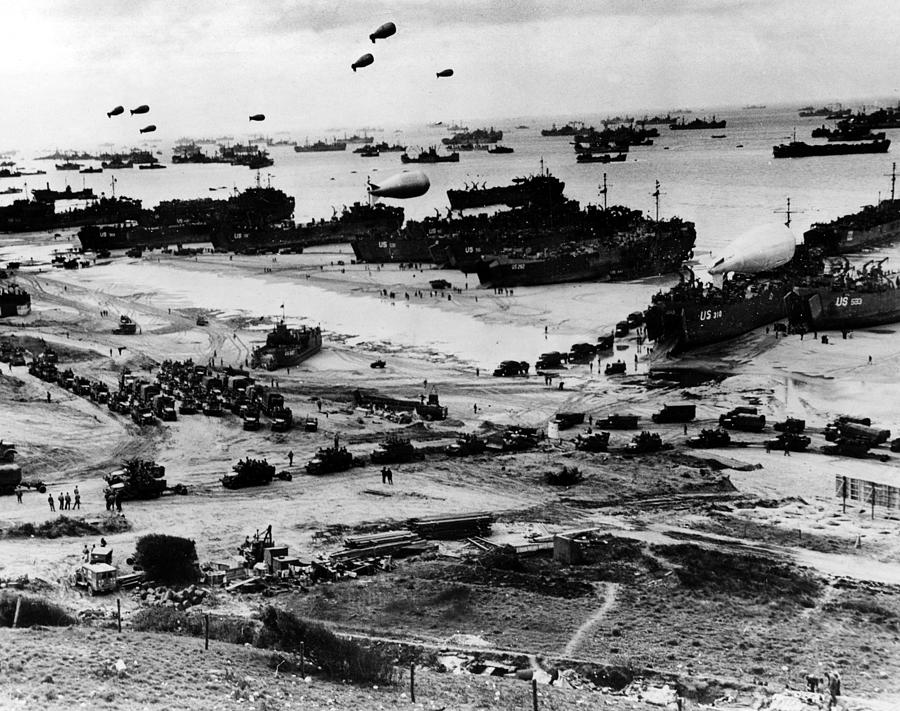
/arc-anglerfish-arc2-prod-mco.s3.amazonaws.com/public/Q5RS72RGBVDF7BBRWXYJAOWKUI.jpg)
Visiting Americans may be surprised to see McDonald’s, Starbucks and KFC. More than 7.8 million international visitors came to Vietnam last year for business and tourism.Ĭulturally, much has changed too.

The subsequent economic growth has led to rapid improvements in living standards and sharp declines in poverty. The decision of the Communist government to implement wide-ranging economic reforms, known as “Doi Moi” (renovation) in 1986 opened up its new “socialist-oriented market economy” to the world. In the last two decades, Vietnam has transformed from one of Asia’s poorest countries to one of its fastest developing. But the Vietnam of today is a vastly different place. Famine and disease were rife.īack in the west, a succession of war films has ensured that 50 years on in America, Vietnam is still synonymous with war. The countryside had been littered with 14m tonnes of ordnance, a significant proportion of it unexploded. Farmland was contaminated by exposure to 43m litres of Agent Orange. Hundreds of thousands were seriously injured and disabled. An estimated 3 million Vietnamese were killed, including 2 million civilians. Vietnam was reunified, but at enormous cost. Ho Chi Minh had warned the US “you will kill 10 of our men, and we will kill one of yours, and in the end it will be you who tire of it,” and in the end, he was proved right. A decade later when Saigon fell and US soldiers made their final exit, 2.7m Americans had served in Vietnam – more than 58,000 were killed. By the end of the year, nearly 185,000 troops had been deployed as the war escalated. Nobody on the beach that day had any idea of the long and tortuous conflict that was to follow. A sign held aloft read: “Welcome, Gallant Marines.” It was an incongruous beginning for the marines, and their mission – to defend the city’s air base during the Operation Rolling Thunder bombing campaign against targets in the North – seemed straightforward. The troops were given a warm welcome by a delegation of smiling children and traditionally dressed Vietnamese women brandishing garlands of flowers. General William Westmoreland requested two battalions of US marines to provide support, and at this crucial turning point, President Lyndon B Johnson agreed. Viet Cong guerrillas had attacked a US compound in the Central Highlands in February. Communist forces from North Vietnam were taking advantage, advancing down the Ho Chi Minh trail and gaining control in the countryside.

At the time, the US-backed government in South Vietnam was suffering from power struggles among its leadership and troops were deserting its army.


 0 kommentar(er)
0 kommentar(er)
